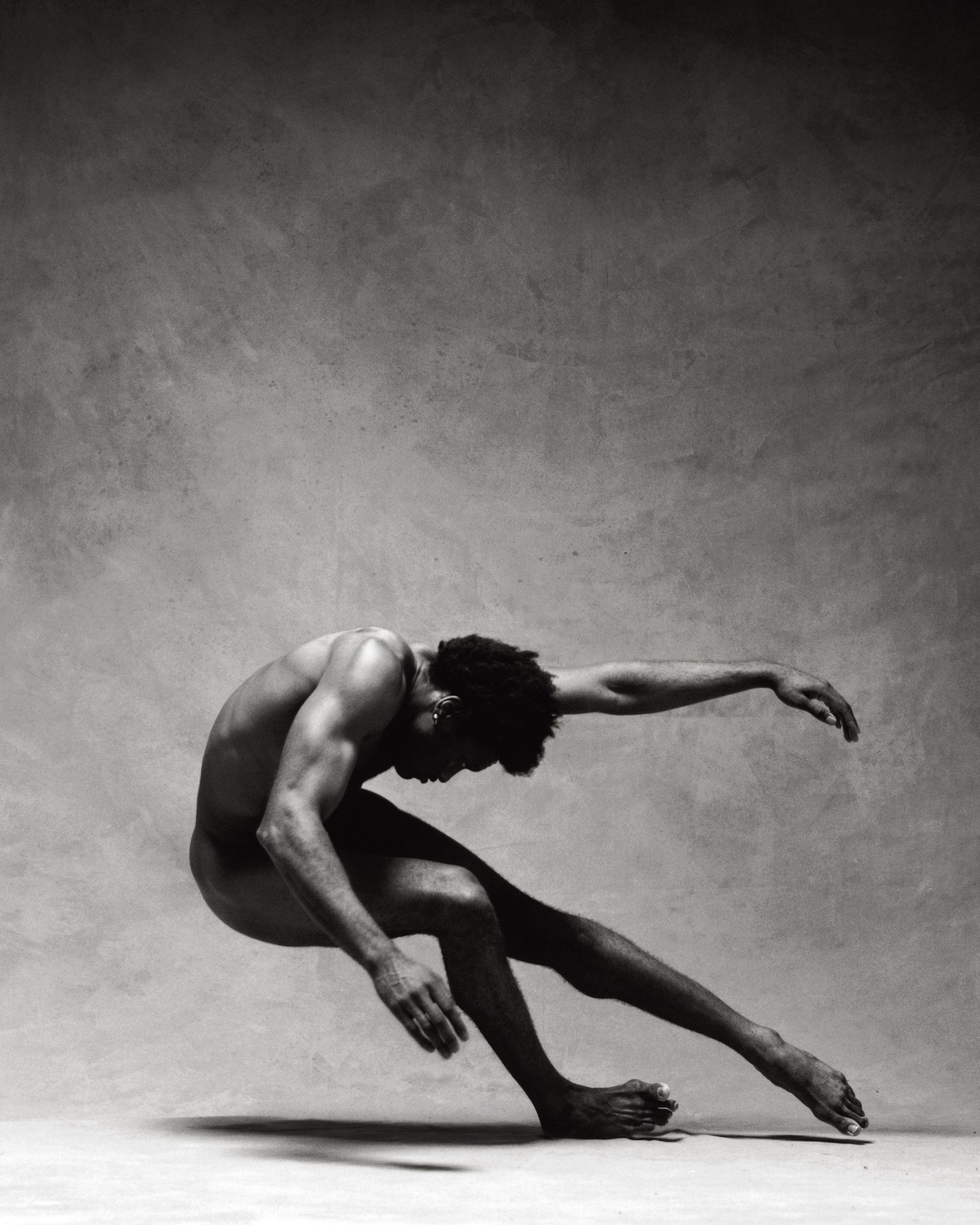Dominican-American photographer Luis Alberto Rodriguez has shot many famous faces — Michelle Williams for The New York Times Style Magazine, Serena Williams for the September Issue of American Vogue, Nicki Minaj for i-D — but for his personal project, has transitioned to anonymous subjects. The panorama of nude bodies are pulled from 60 different shoots and are as diverse in age as in silhouette — opening with a portrait of a blind man and even featuring Luis’ own father. His reverence for capturing movement is no surprise given that he trained as a dancer at Juilliard and worked professionally as a performer for over a decade thereafter. Luis fundamentally understands the body as a sculptural instrument.
The idea for the series took root when Luis was shooting a friend’s album cover on which the subject was nude and seemingly falling backwards into the void. “There were no bells and whistles,” Luis explains in a Zoom interview from Berlin. “I caught him right before he landed. Once I got that photo, it was kind of haunting me.” He decided to pursue this exploration of the body, appearing to hover between two worlds: falling yet fixed, in limbo between horizontal and vertical. “I want that blurry line, because it’s a really blurry time that we’re living in.”
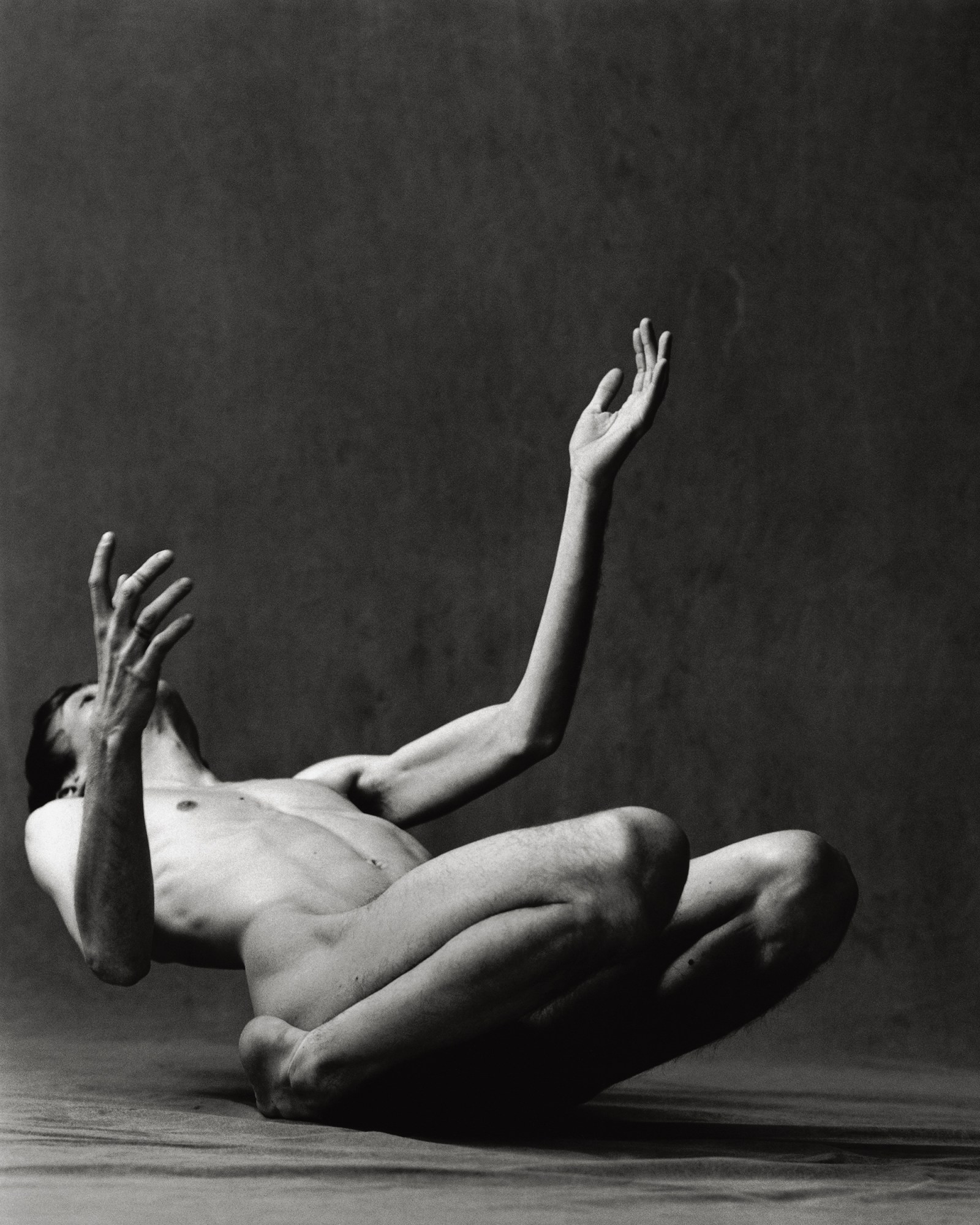
The casting was through word of mouth: “I photographed somebody, and then she told her friend’s mom, and the mom came, then that lady told another lady… So it’s all types of people from all walks of life; some of them I know, some of them I know only a little bit, but they’re all kind of chain-linked in some way.” The logistics of the shoots were tailored to each person, but ultimately: “I was really trying to put the people almost in a meditative state,” Luis says. “It’s very raw — there’s no hiding.”
The only criteria was to show interest and be comfortable nude. “I’m asking these people to be very present in their bodies,” Luis says. “I needed their input, their physicality, their willingness, their understanding and open-mindedness. I’m asking people to shoot naked who are not used to it, who are not in the arts, who might work at an office, but are like, ‘Oh sure, I’ll try this!’” Negotiating the final images for the book was sometimes a challenge. “This is definitely not work for people to look pretty or sexy. It’s very much a come-as-you-are kind of thing; I didn’t want to modify anyone’s body.”
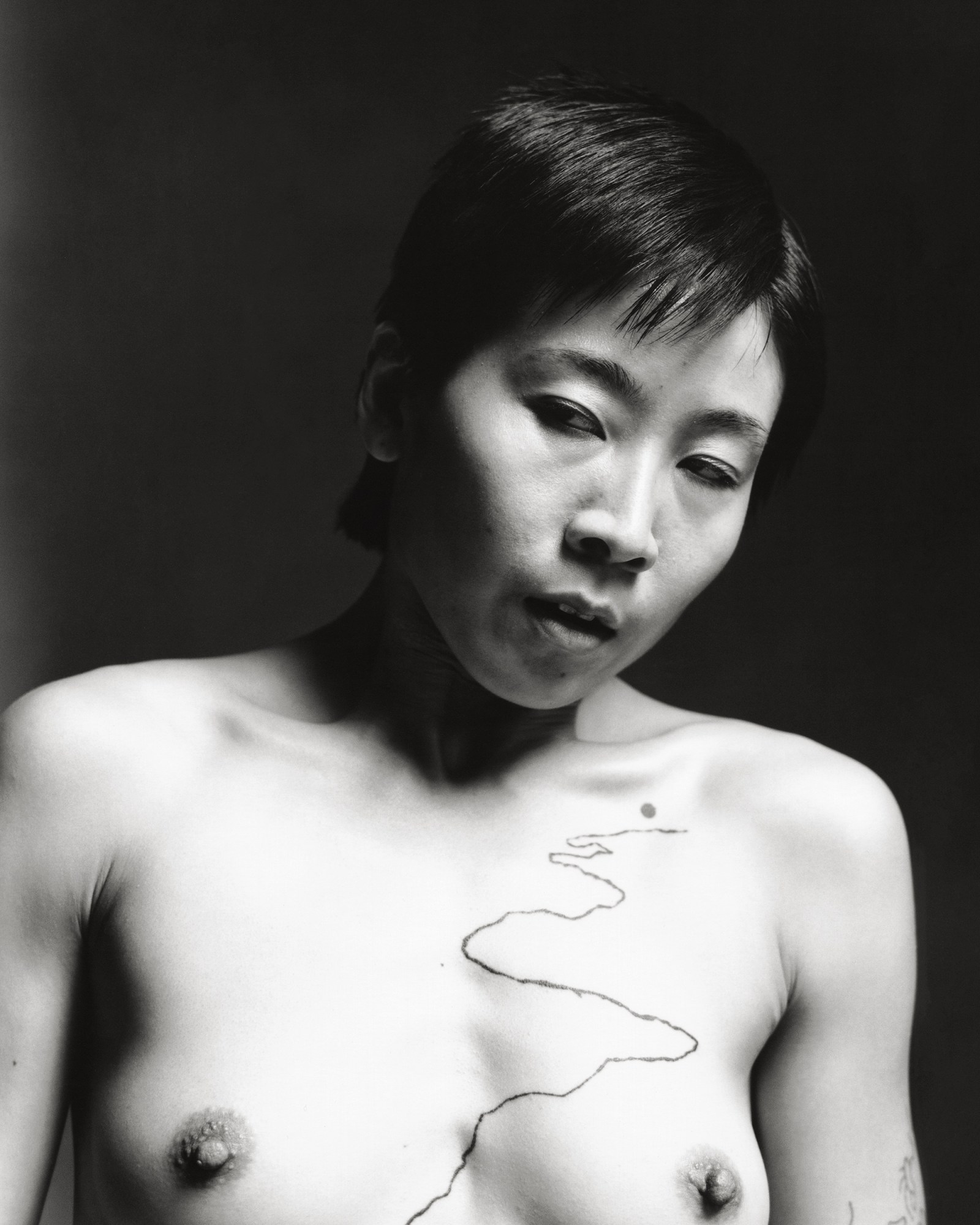
The striking silhouettes are interspersed with images of tasseography — the practice of divination through residual coffee grains in the bottoms of cups — inspired by Luis’s mother’s practice. “I was always a little bit cynical and a little bit, ‘Oh my God, what is this?’ But my mother started doing it for me — she just does it for family members, and some close friends — and she’s, like, a legend with this.” She did a reading for Luis for the first time in 2017: “I was floored because she knew so much — so many details of what was going on in my life — I’m not talking about vague concepts, I’m talking about real private things that were happening in my personal life. It was really kind of transformative for me, and since then, I’ve been more open to that.”
On his decision to include the cups in his book, Luis admits that “it can feel like a really random connection, I understand that. But it’s the presence of my mother.” As she was averse to being photographed for the project herself, Luis decided that instead featuring the cups would be an interesting, but also very personal, way to include her.” The coffee grounds and the bodily forms are, after all, affected in much the same way: “Gravity’s pulling the liquid down, which is also what it’s doing to the bodies,” he says.
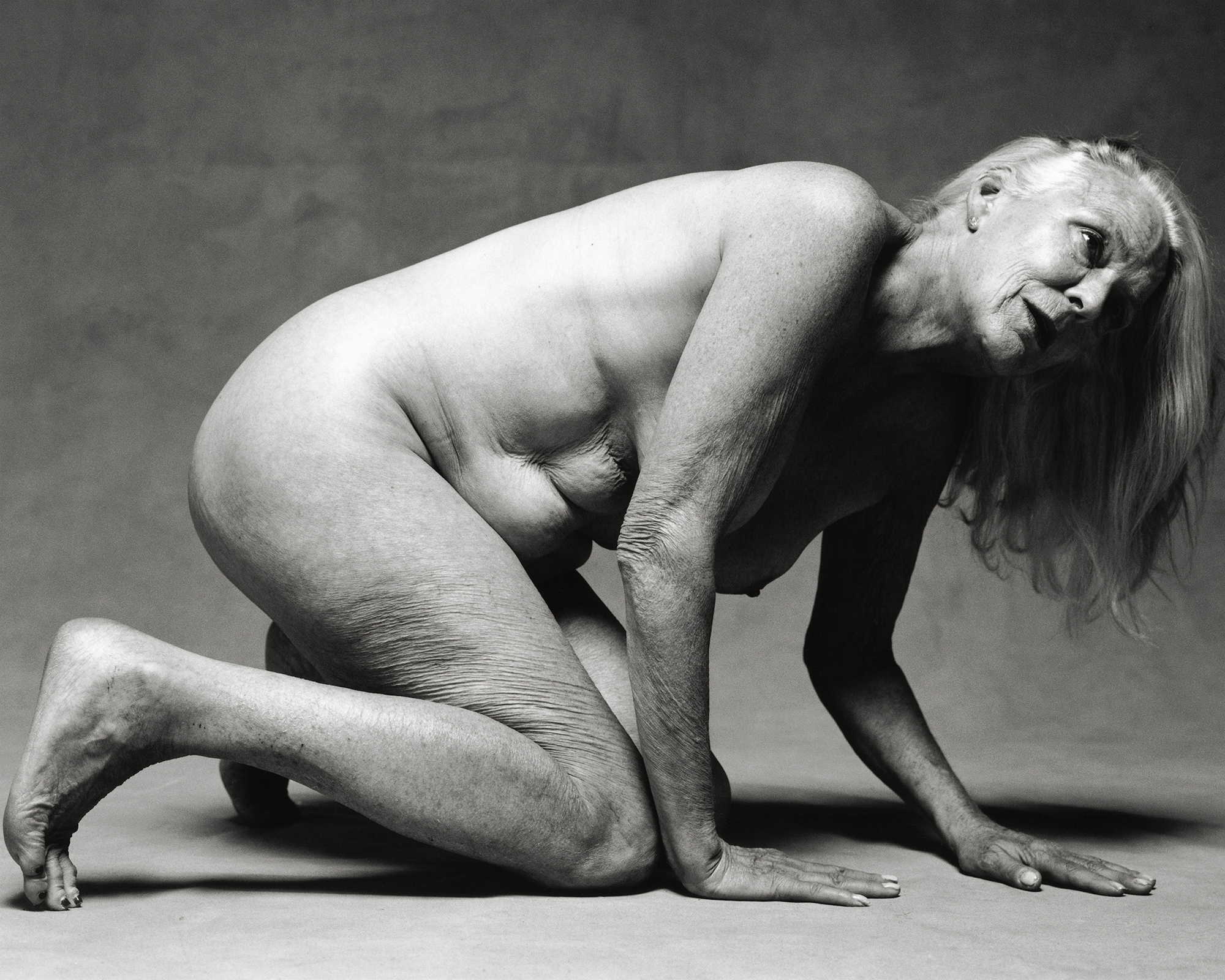
The book evokes not only the wonder of unadorned flesh but surfaces an ominous feeling too. “Is calamity a destination?” the book’s concluding text wonders aloud. Towards the end of the ensemble, the narrative accelerates with a broken coffee cup and alarming close crops of bodies, the final image being the soles of somebody’s feet. Beauty is overrun by a sense of dread. Although far from a pandemic project, COVID anxiety seeped its way into the making of the series: the sense of the body’s fragility was not incidental. (While Luis was in lockdown in Berlin, his parents were in Manhattan with underlying health problems.) The feeling of something unnameable and visceral influenced the final title choice: O. “I was asking myself, if the people in the pictures made a sound, what would that sound be? And for me, it would be like an inner scream; a collective wail from the world. If I had titled it with a word, it would have geared everything into a very specific direction,which I didn’t want.”
In the same way that the body transcends words, a friend of Luis’ commented that these bodies transcend nudity. “Of course, you see that they’re nude but you don’t really think about her breasts or his ass. It’s not this explicit thing. It was a huge compliment somehow,” he says. “What you really notice is the people.”
‘O.’ by Luis Alberto Rodriguez is published by Loose Joints.

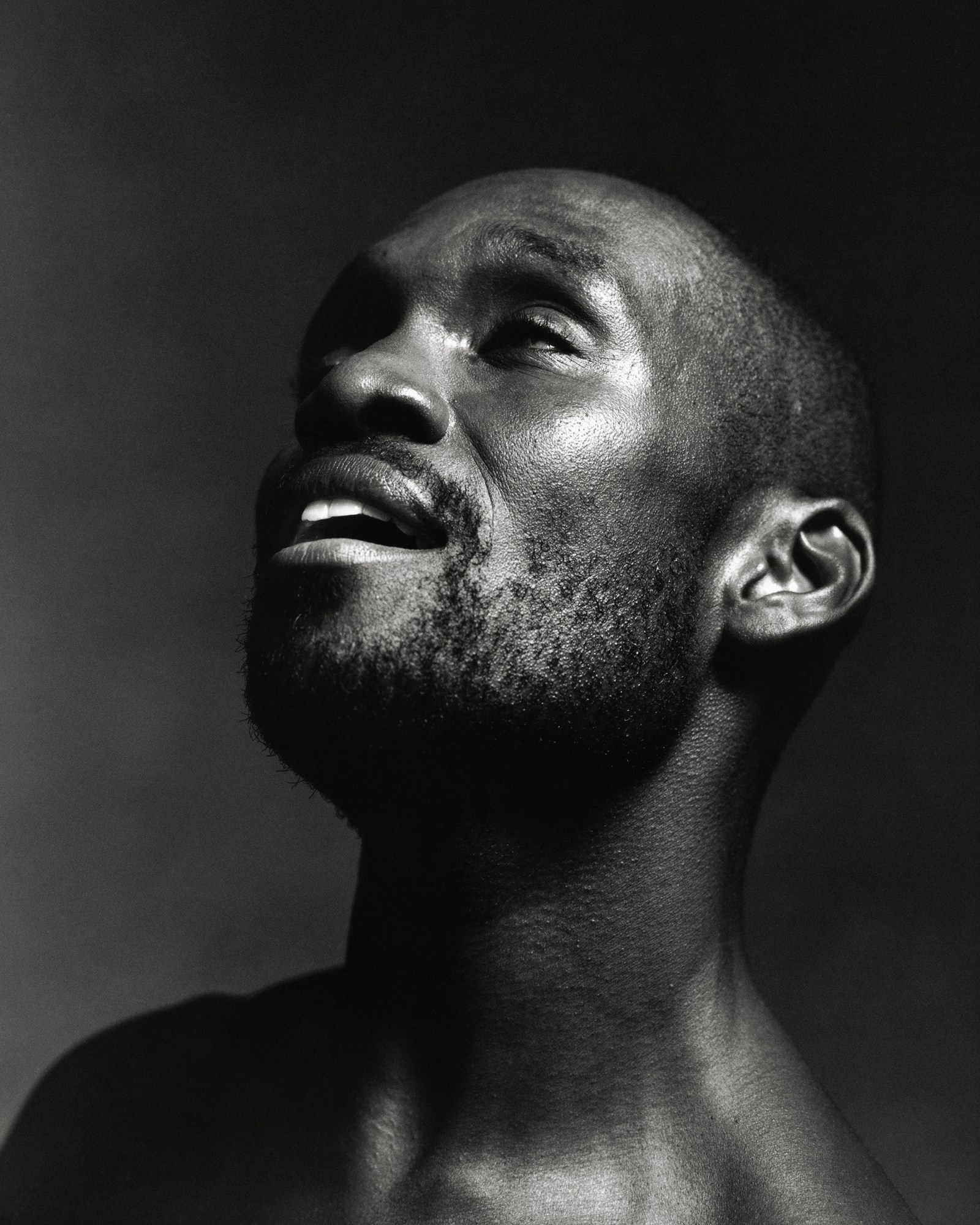
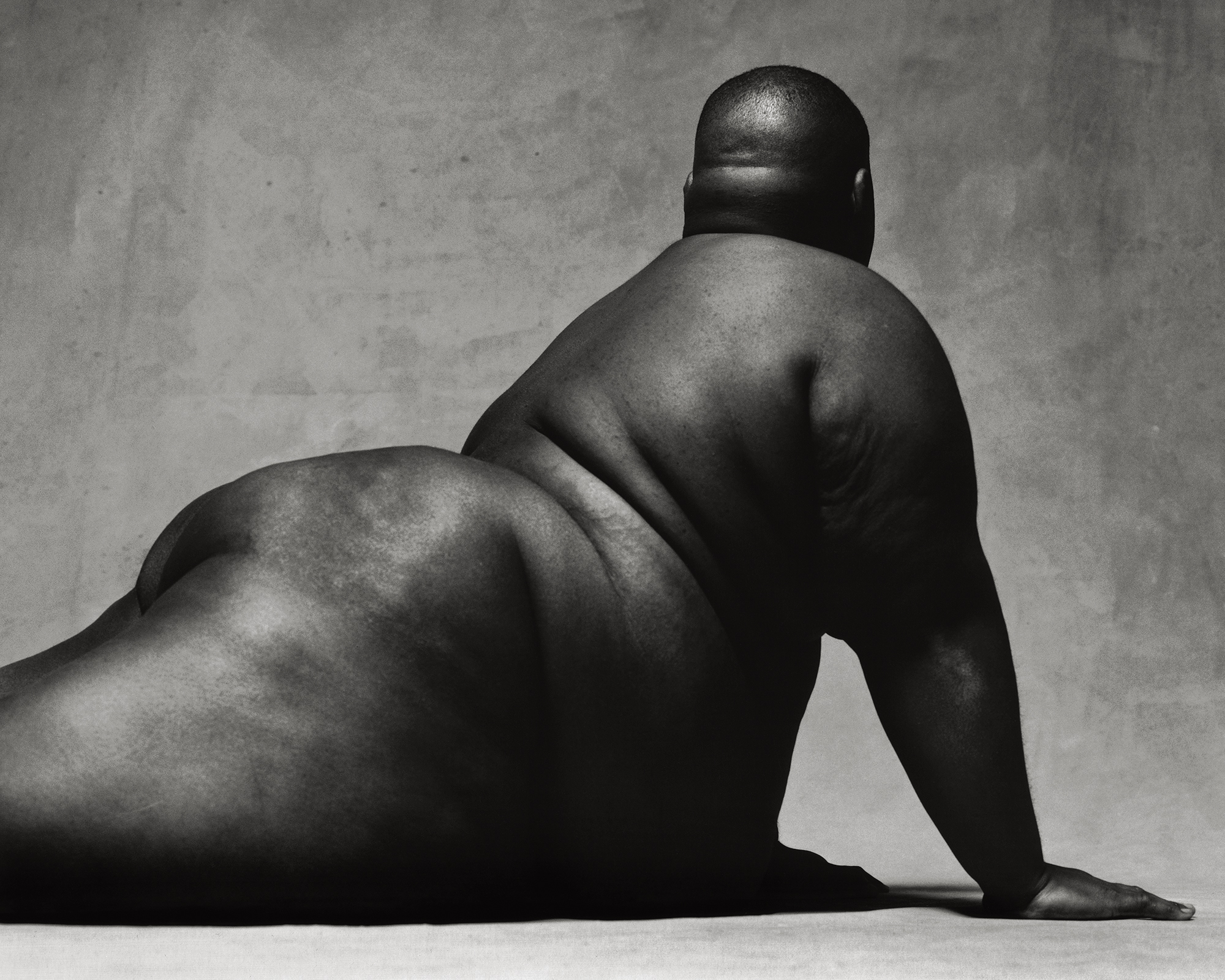
Credits
All images Luis Alberto Rodriguez, courtesy Loose Joints
